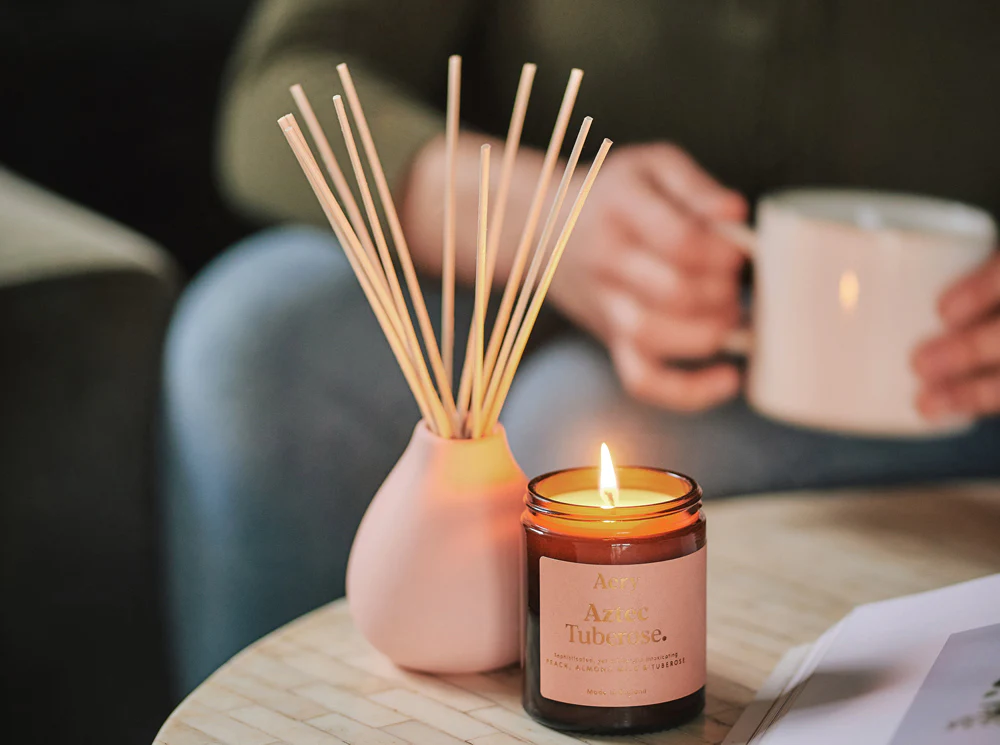Blending fragrance oils can be a fun and creative process, especially for those who enjoy making their own candles or other scented products. The art of combining different fragrance oils allows for the creation of unique and personalized scents that are not available in the market. However, the question often arises: Can I mix different fragrance oils together? The short answer is yes, but there are important factors to consider when mixing oils, particularly for candle making. In this article, we will explore the benefits, considerations, and tips for successfully blending fragrance oils, with a focus on candle fragrance oil.
The Basics of Fragrance Oil Mixing
Fragrance oils are pre-blended essential oils or synthetic compounds designed to add scent to candles, lotions, soaps, and other products. When it comes to mixing different fragrance oils, the key is understanding how various scents interact with each other. Much like the world of perfumery, fragrance oils can be layered in a way that complements one another, creating a harmonious or intriguing blend.
Benefits of Mixing Fragrance Oils for Candles
-
Customization
One of the main benefits of mixing different fragrance oils is the ability to create a personalized scent for your candles. Rather than sticking to pre-made scents, you can experiment with different combinations to match your preferences or even create a unique signature fragrance that reflects your personal style. -
Cost-Effectiveness
By blending fragrance oils, you can often stretch your supply and avoid the need to purchase multiple expensive individual scents. Mixing allows you to use smaller amounts of different oils while still achieving a robust and complex fragrance profile. -
Enhanced Aromatic Experience
Combining different scents can lead to a more balanced and multi-layered fragrance experience. For instance, a floral fragrance can be paired with a warm, woody base, or a citrus note can be complemented with a hint of vanilla. The possibilities are endless, and you have the opportunity to create something that evokes specific moods or atmospheres.
Things to Consider Before Mixing Candle Fragrance Oils
-
Scent Compatibility
Not all fragrance oils will blend well together. Some oils have dominant notes that can overpower others, while others may clash when combined. It’s important to learn about the different scent families (floral, citrus, woody, spicy, etc.) and how they interact. For example, a heavy, sweet vanilla fragrance might be overwhelming when mixed with a light, fresh lemon scent, but when combined thoughtfully, they could create a beautifully balanced blend. -
Fragrance Throw
The fragrance throw is how well the scent disperses from a candle once it is lit. Different oils can impact the strength of the fragrance throw. Some oils have a stronger cold throw (when the candle is unlit), while others may have a stronger hot throw (when the candle is burning). When blending oils, it’s important to consider how they will perform once the candle is lit to ensure a pleasing and balanced scent experience. -
Flashpoint
Each fragrance oil has a flashpoint—the temperature at which it will combust if exposed to heat. When mixing oils, it’s essential to ensure that the flashpoints of the oils you’re using are compatible with the type of wax you plan to use for your candles. This helps avoid potential risks when making candles. -
Usage Rates
Different oils may have varying recommended usage rates. Exceeding these rates can result in the candle becoming too strong or even cause issues like poor burn quality. Always check the recommended guidelines for each fragrance oil before blending to ensure the right balance.
Tips for Blending Fragrance Oils
-
Start Small
When experimenting with new blends, start with small quantities. This allows you to test the mixture without wasting expensive oils. You can always scale up once you’ve perfected your formula. -
Use a Fragrance Oil Calculator
There are online tools and calculators that can help you determine the ideal mixing ratios for fragrance oils in candles. These calculators take into account the maximum fragrance load for your specific wax type and ensure you’re using the right proportions. -
Keep Track of Your Combinations
As you experiment with different blends, make sure to document the ratios and combinations you use. This allows you to recreate successful blends and avoid repeating mistakes. -
Layering Scents
Instead of blending oils directly, try layering different fragrances in your candle. You can create a more dynamic scent profile by adding top notes (light and fresh), middle notes (floral or herbal), and base notes (warm, woody, or musky). This will create depth and complexity in your candles.
Popular Combinations of Candle Fragrance Oils
If you’re unsure where to start, here are a few popular fragrance oil combinations to inspire your blending process:
-
Lavender + Vanilla: A calming blend perfect for relaxation and unwinding after a long day.
-
Citrus + Mint: A refreshing and invigorating mix that energizes the senses, great for spring or summer.
-
Sandalwood + Jasmine: A sophisticated and earthy combination with floral notes, ideal for creating a warm, inviting atmosphere.
-
Rose + Bergamot: A romantic and uplifting blend that is both sweet and citrusy, evoking feelings of freshness and love.
Conclusion
Mixing different fragrance oils together is a creative and rewarding process, especially when it comes to candle making. It allows you to create unique and personalized candle fragrance oil blends that can’t be found in stores. By understanding scent compatibility, fragrance throw, and other key factors, you can create harmonious blends that enhance the ambiance of any room. Whether you’re a seasoned candle maker or a beginner, experimenting with different oils will help you master the art of scent blending and bring your custom candle creations to life.
Happy blending!
